Twenty-five years ago, a group of Autocar & Motor staffers gathered together at Castle Combe to find the identity of Britain’s Best Driver’s Car.
I’d like to say that the idea was to give readers a definitive insight into the finest-handling cars on sale but, as the uninvited office junior, I can tell you that it was just a jolly. But not for long. That year, 1989, we crowned our first BBDC champion, came up with a format now copied by countless others and, just for good measure, wrote off a Ferrari.
What I have loved about BBDC ever since I blagged my way to Castle Combe for round two in 1990 is that it always – and I do mean always – retains the ability to surprise.
You can test and analyse every new sporting car on sale and use this knowledge to make a prediction, sit back and watch BBDC blow your preconceptions to pieces. That year it was won by a Mazda MX-5.
It is the classless nature of BBDC that continues to form a large part of both its enduring appeal and its importance. You still can’t look at the badge, the power figure and the price and work out the winner; were that the case in 2012, the Toyota GT86 would have come last by so much that we’d have had to put it in a garage by itself to spare it further embarrassment.
Instead, it won, beating a Porsche Cayman R and a Lotus Exige S, among others.
What’s never changed despite holding the event on road and on track, at locations as far removed as the south of France and the Isle of Man, are the qualities we’re looking for in a winner – and it’s not the car with the most power, the most grip or the fastest lap time.
Primarily, this is a test of handling, a subject that, far from being merely about tyres, suspension and steering, is affected by every area of a car’s dynamic endeavour: engine, gearbox, brakes… as well as its weight, weight distribution and the number and location of the driven wheels. If you attempted to express it as a mathematical formula, you could nail blackboards to every wall in the room and still run out of space.
But if you just sit in a car and drive, it’s surprisingly easy. Handling is simply a measure of a car’s ability to execute the instructions of its driver. Everything else stems from that.
Does it go where you point it and when you pointed it there? How much confidence does it inspire? Do you feel like part of the machine or it like part of you? We’ve had fantastically fast cars that are pussycats to drive – often V12 Lamborghinis, curiously enough – and others that have scared us stupid.

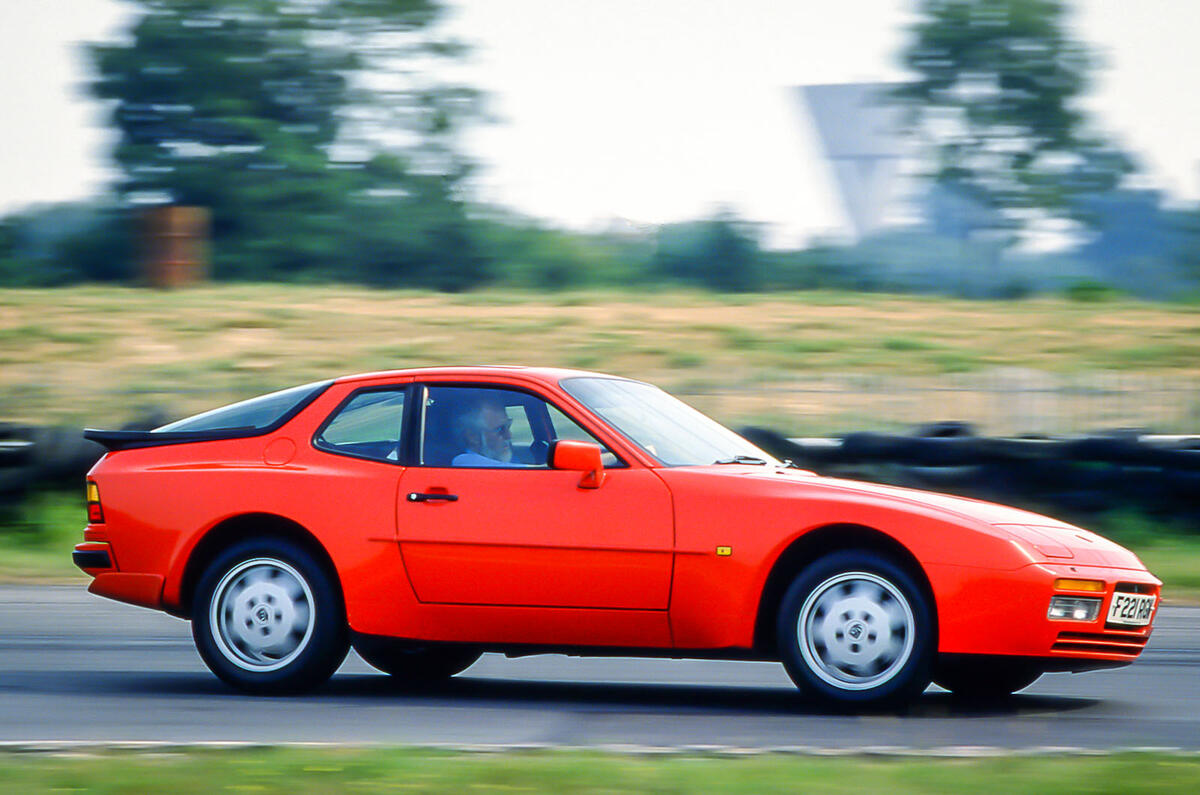

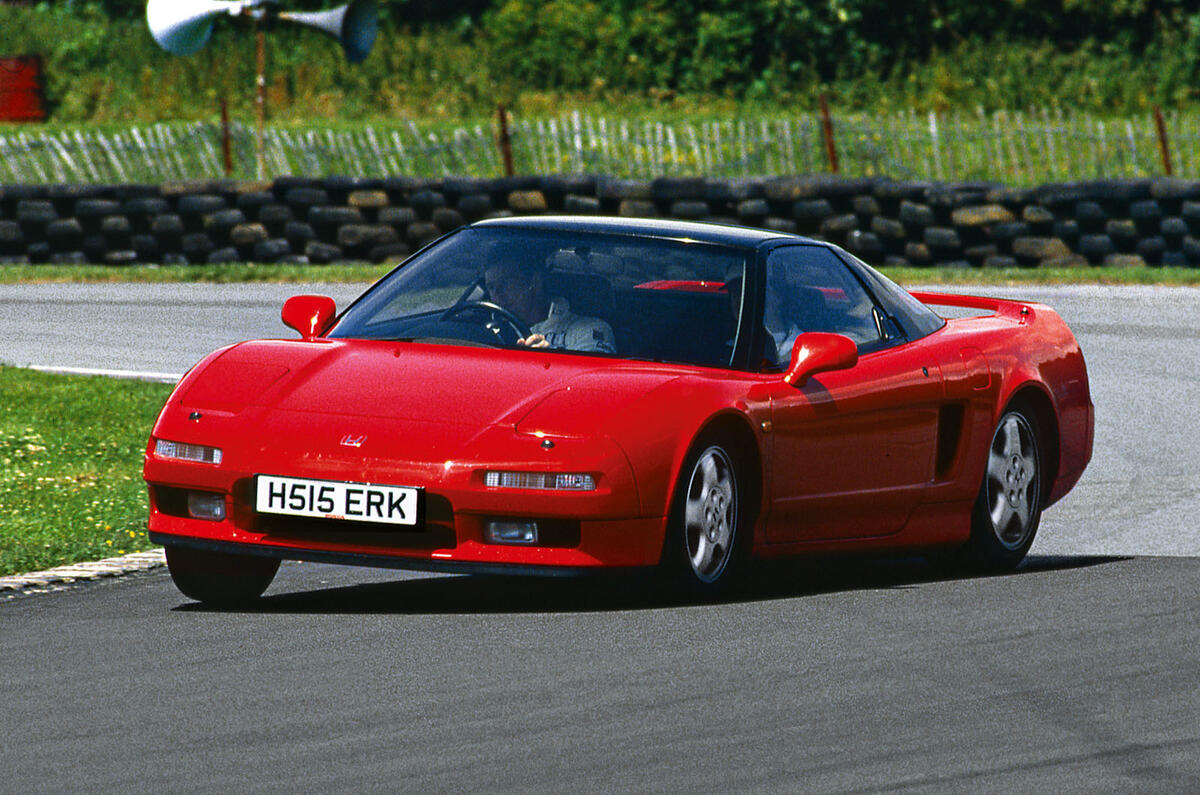
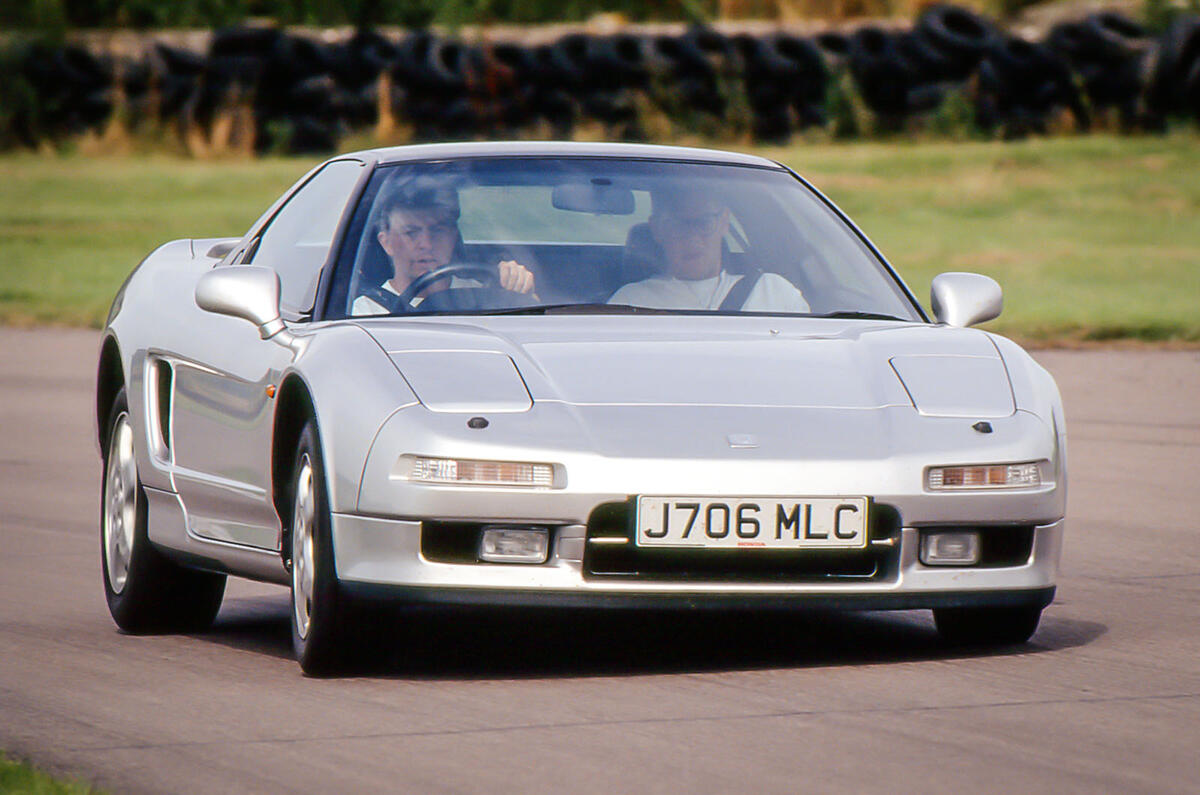
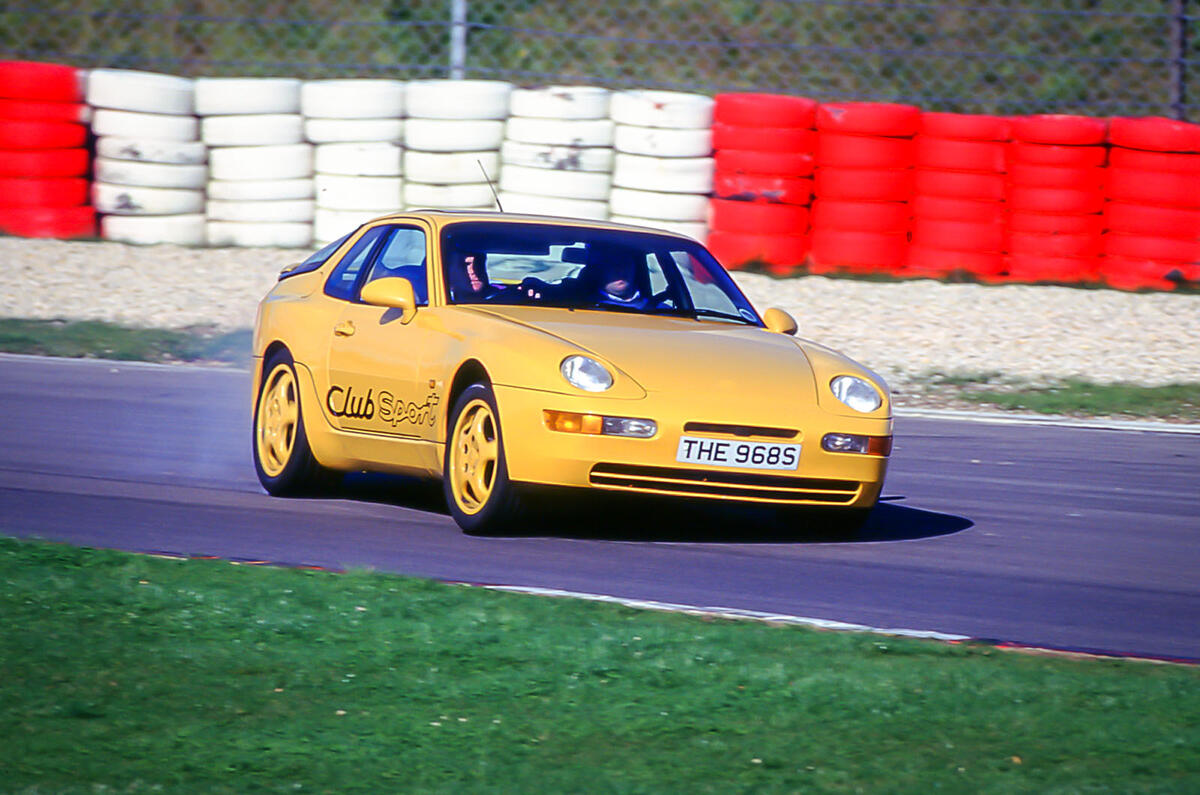
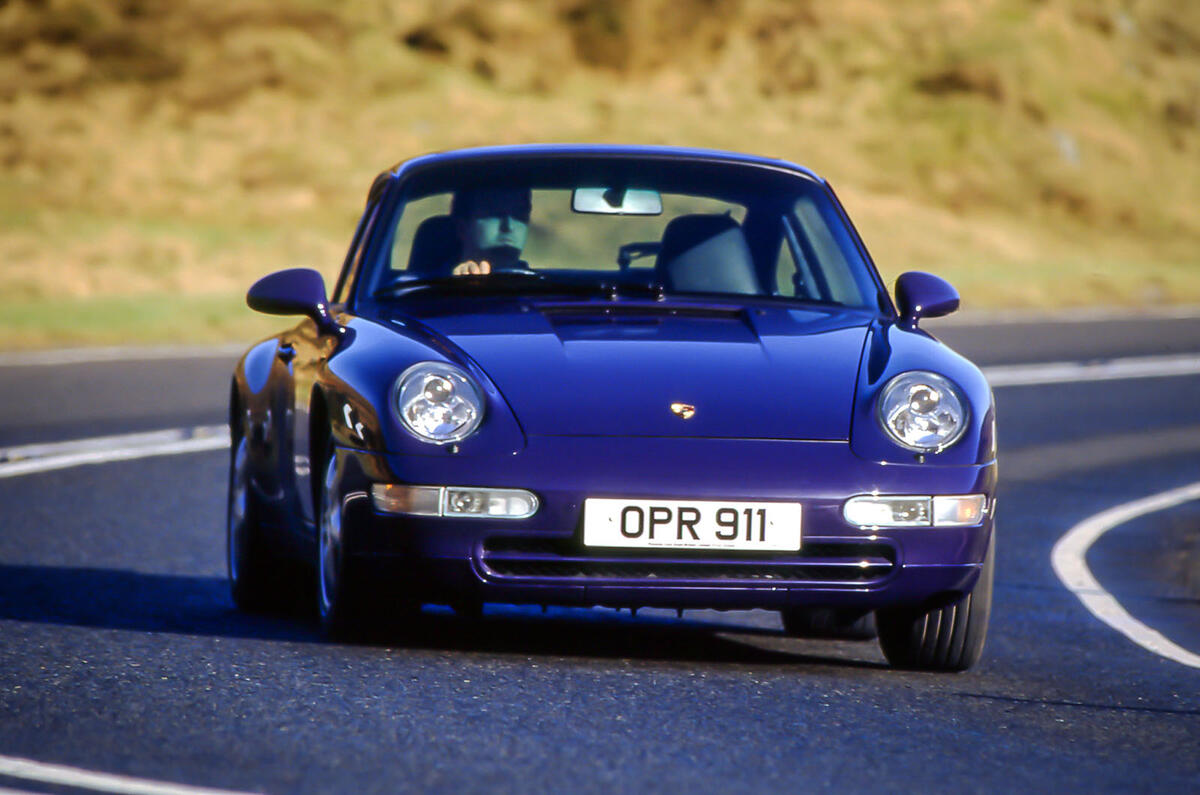
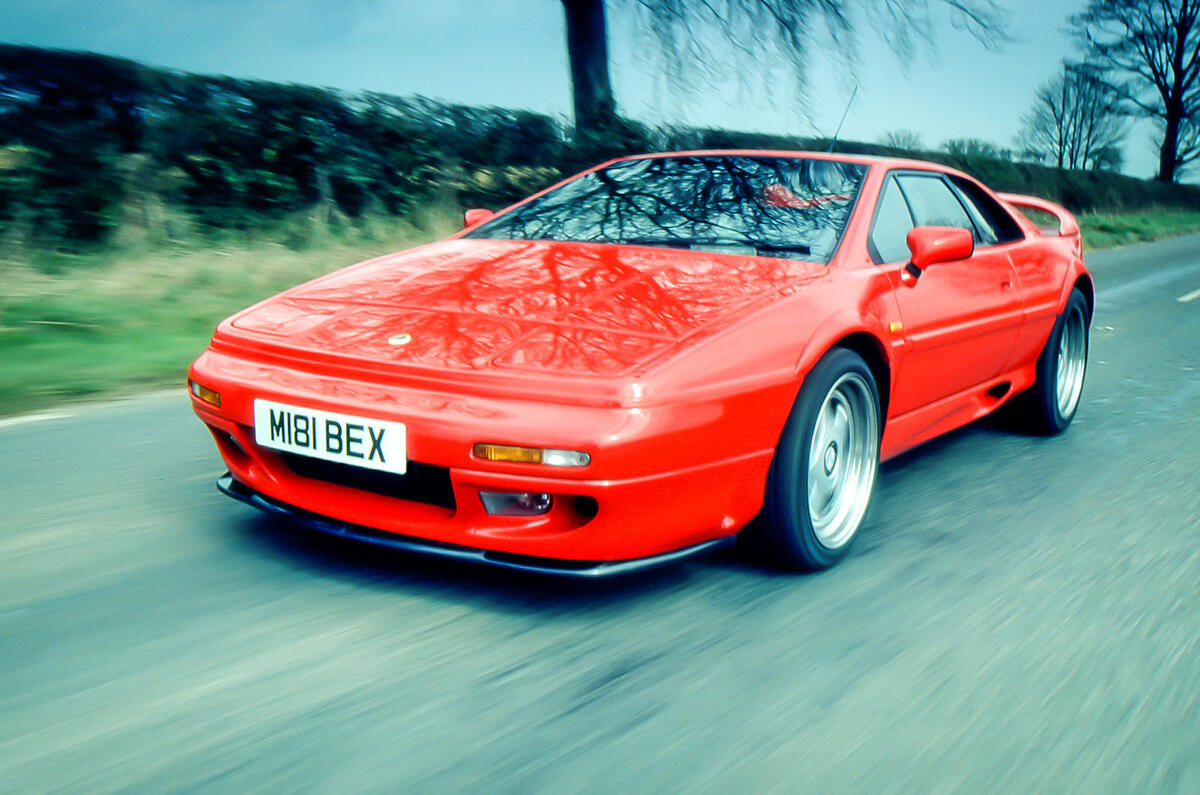
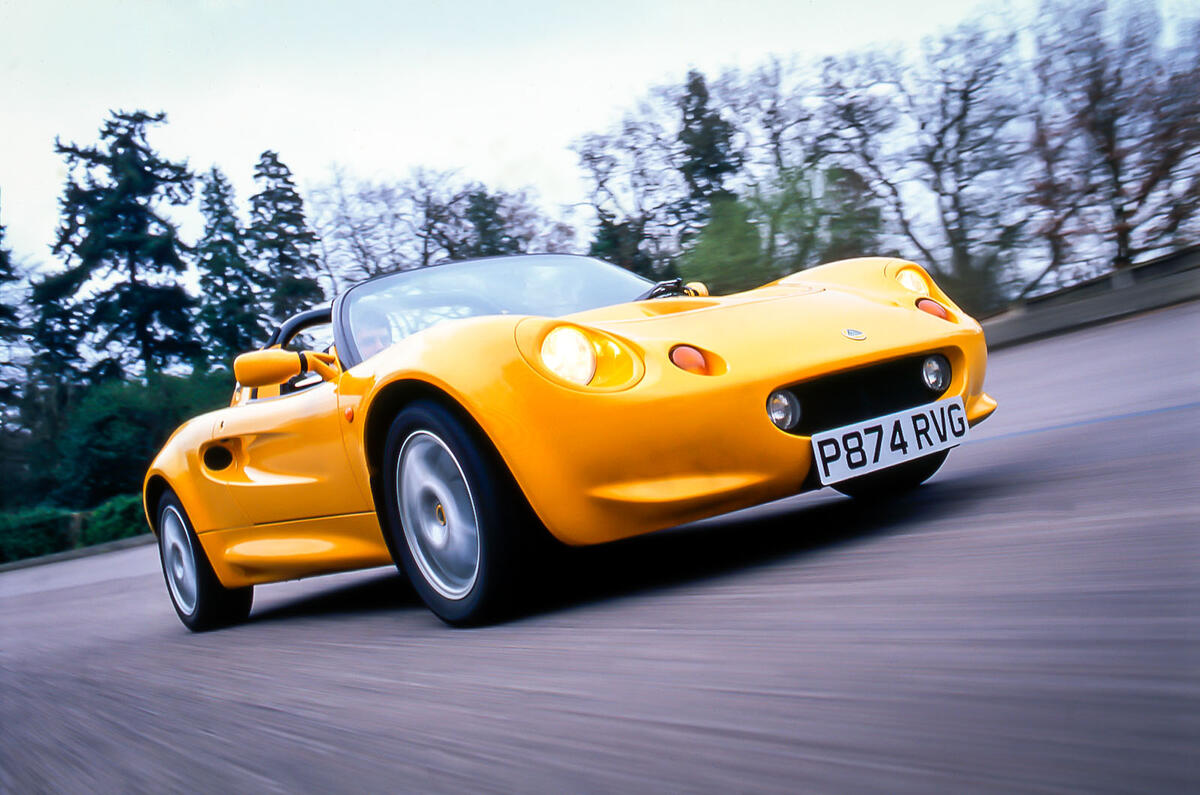
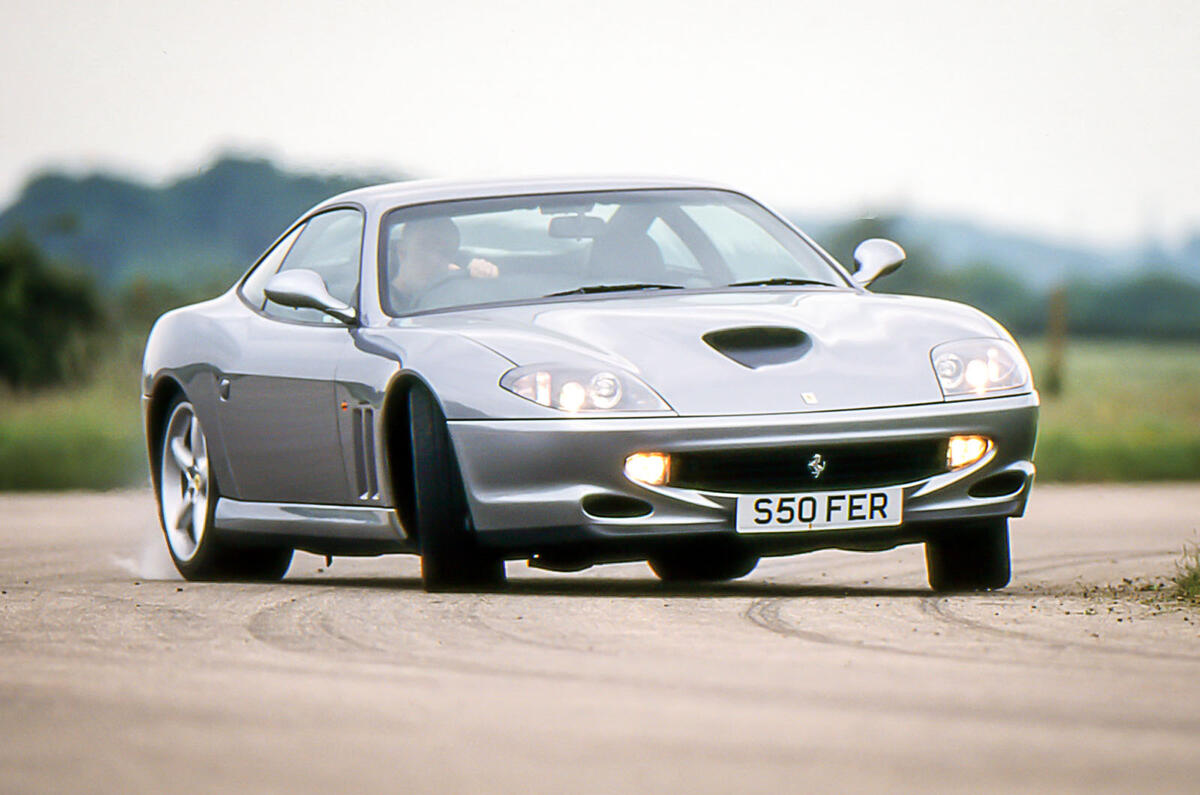
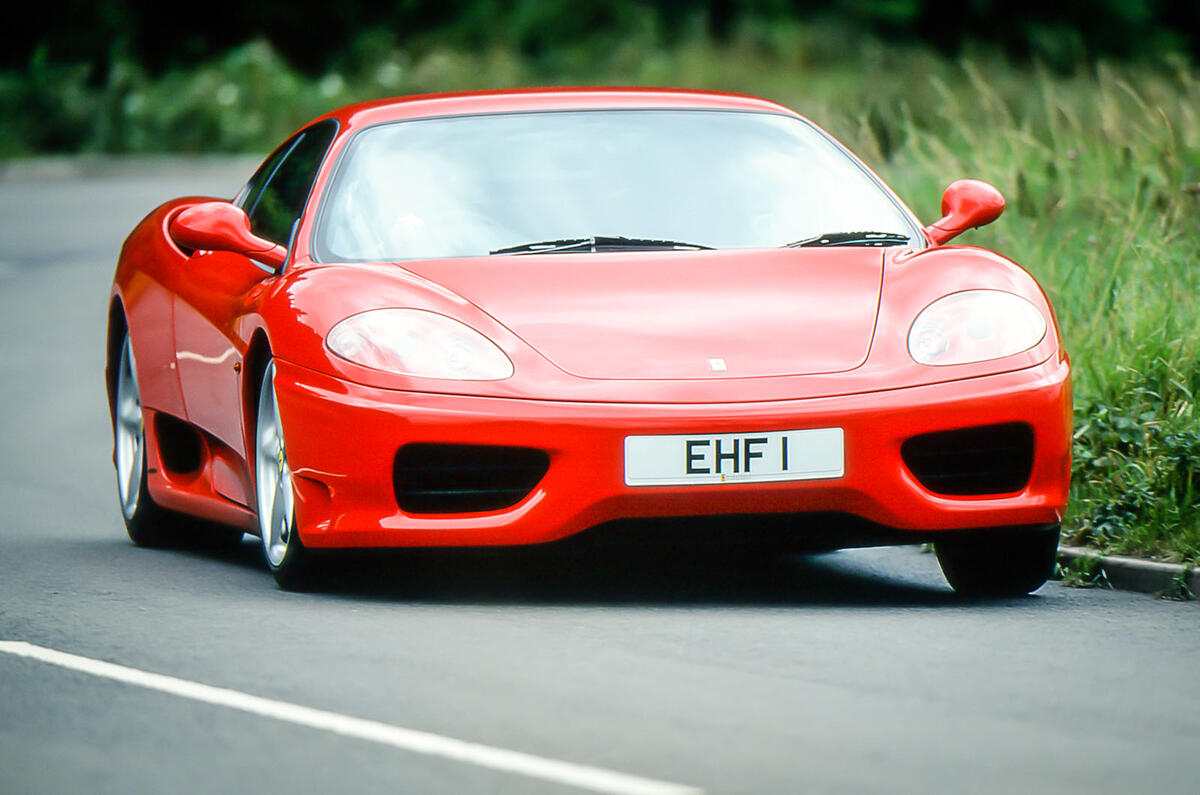
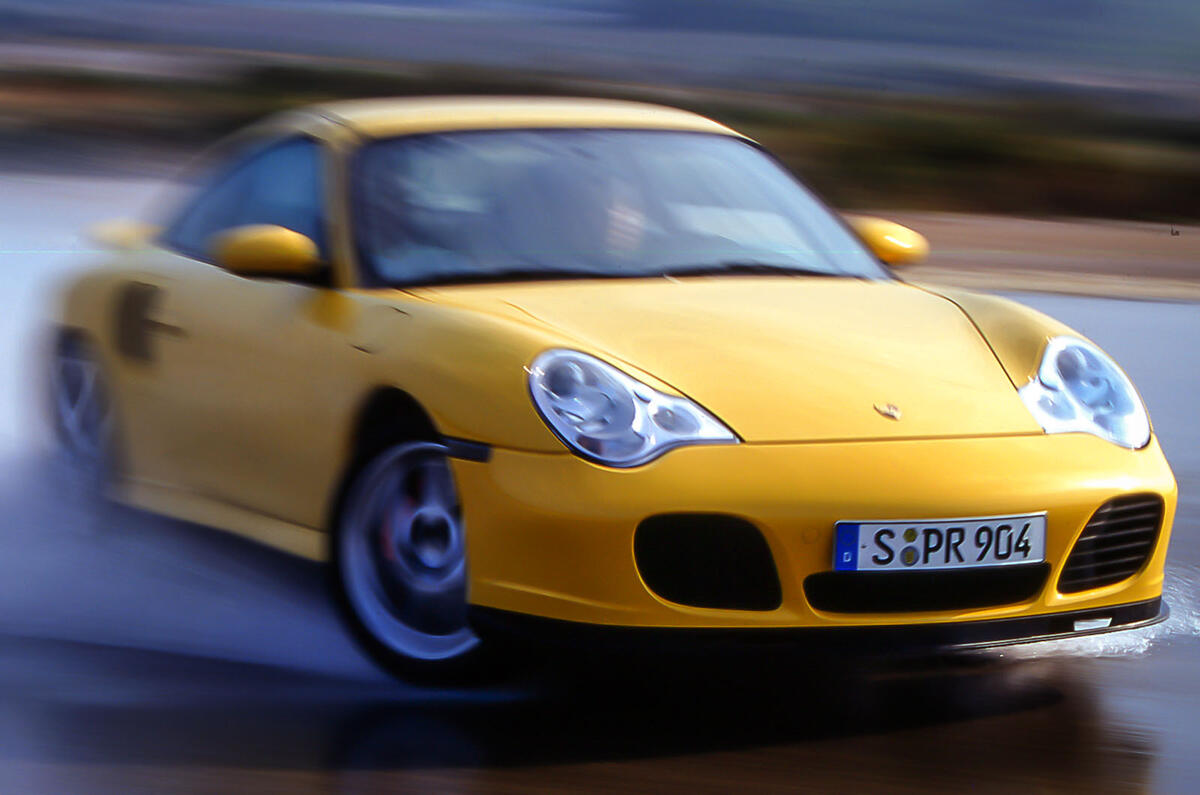
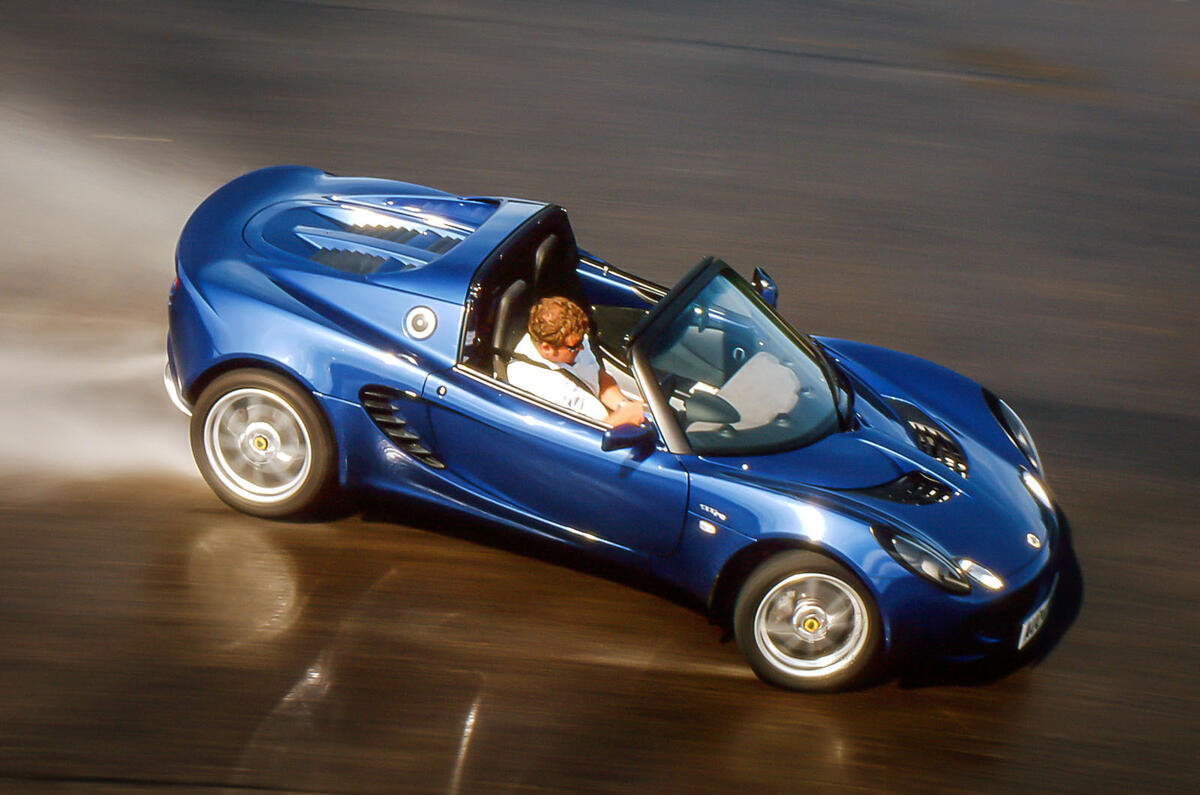
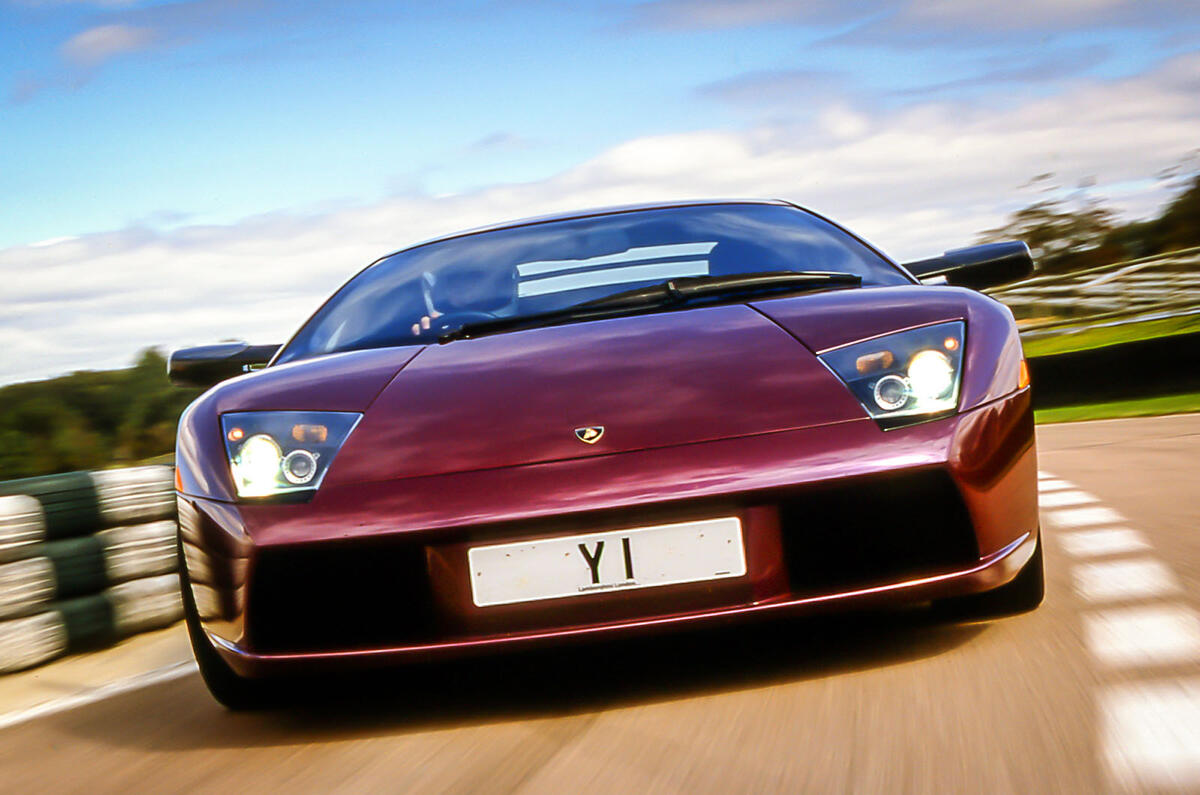
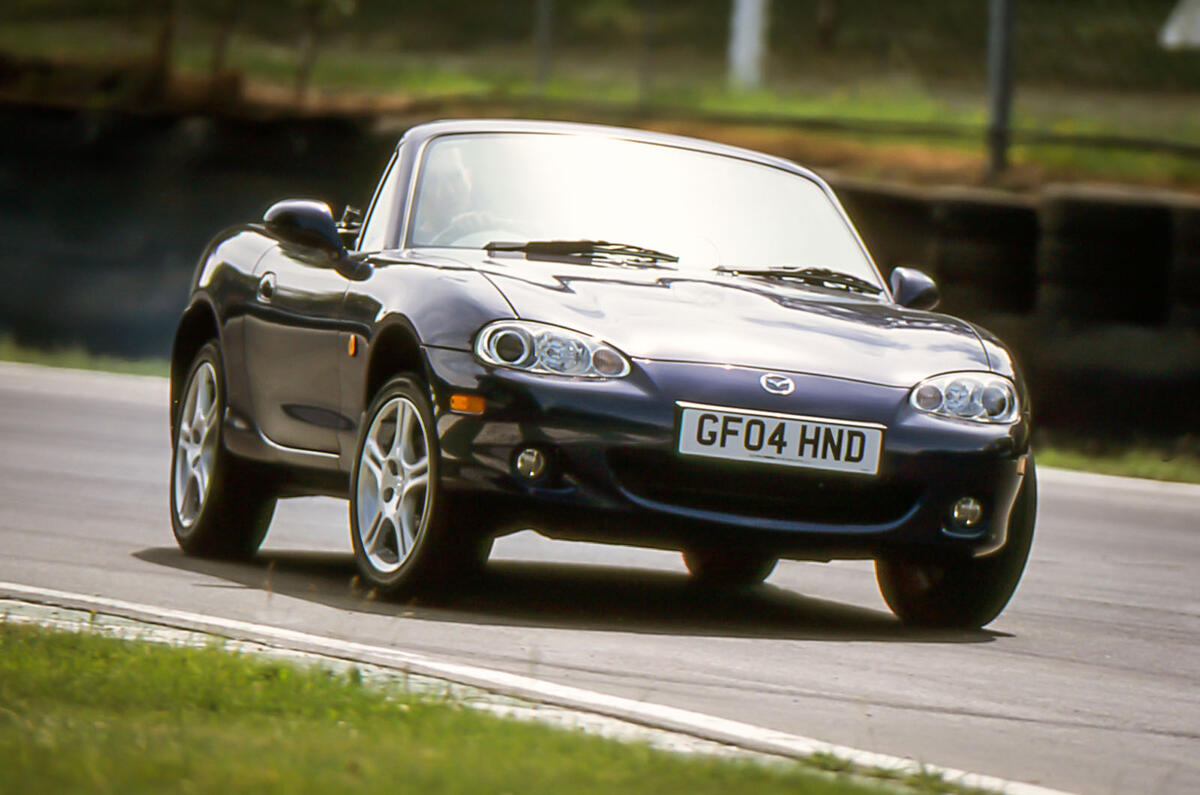
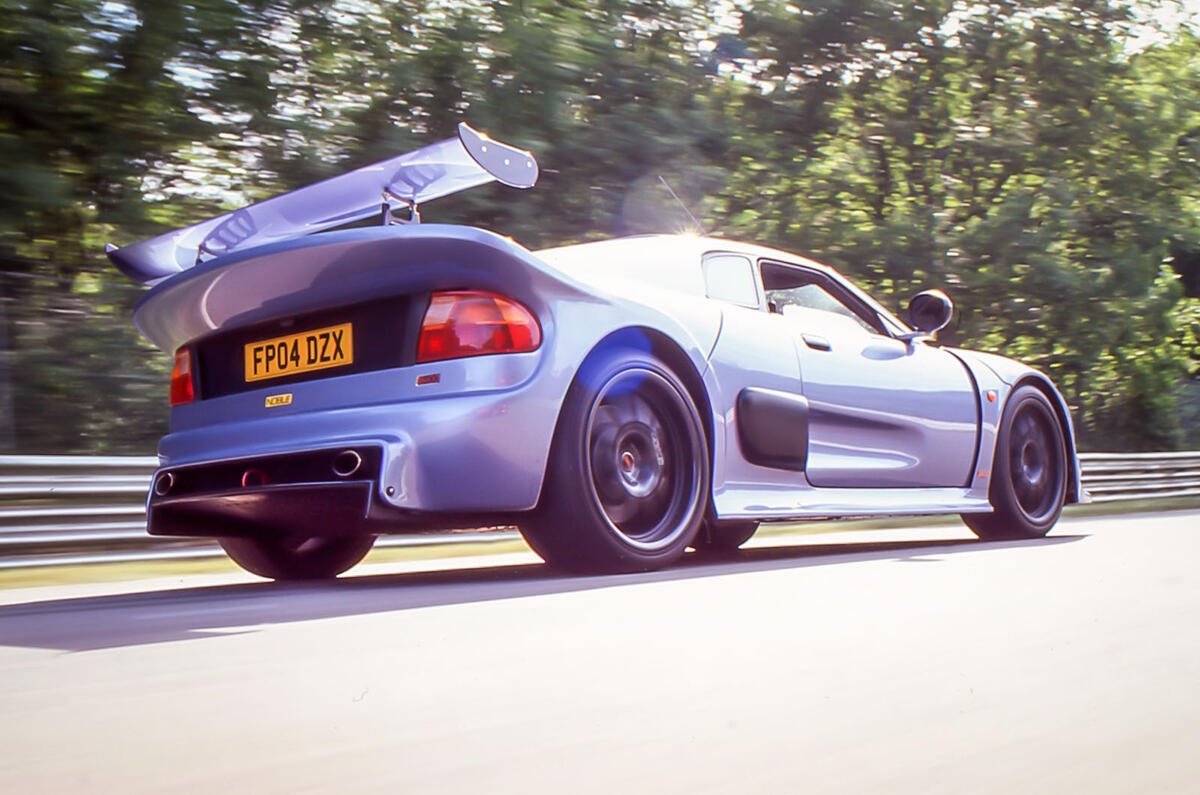
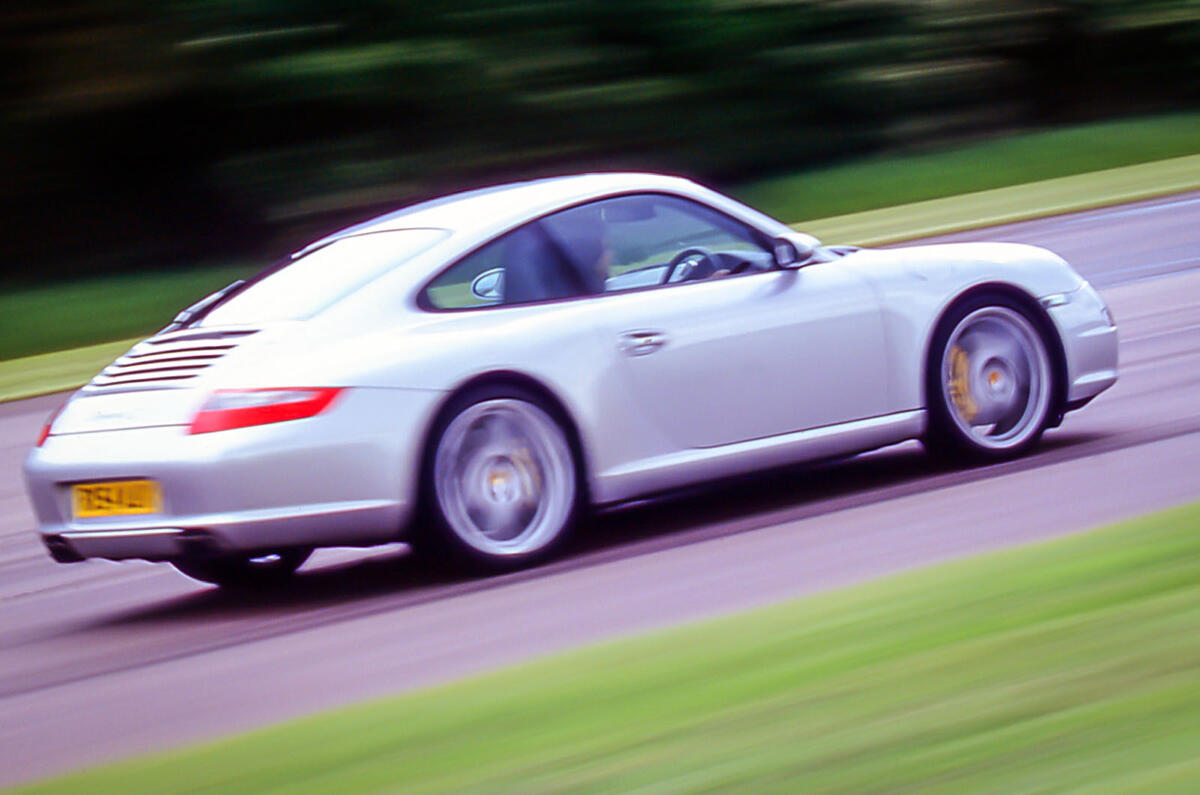
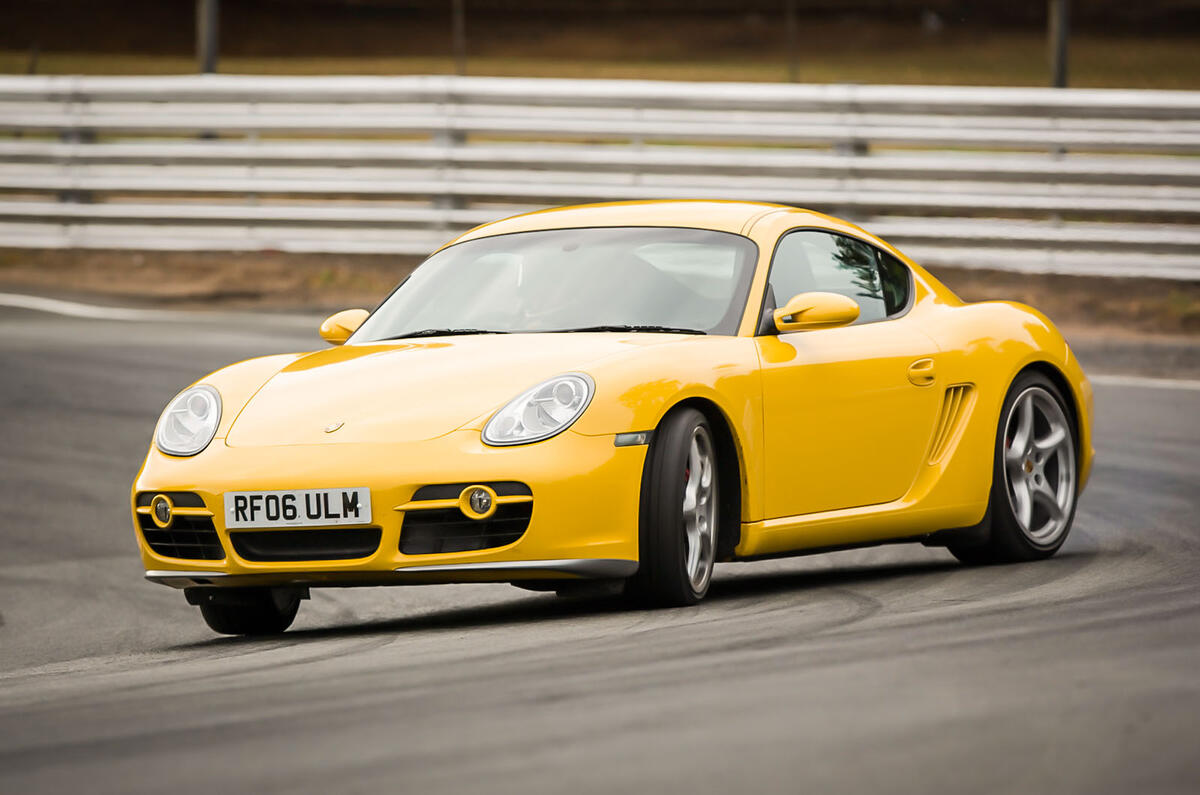
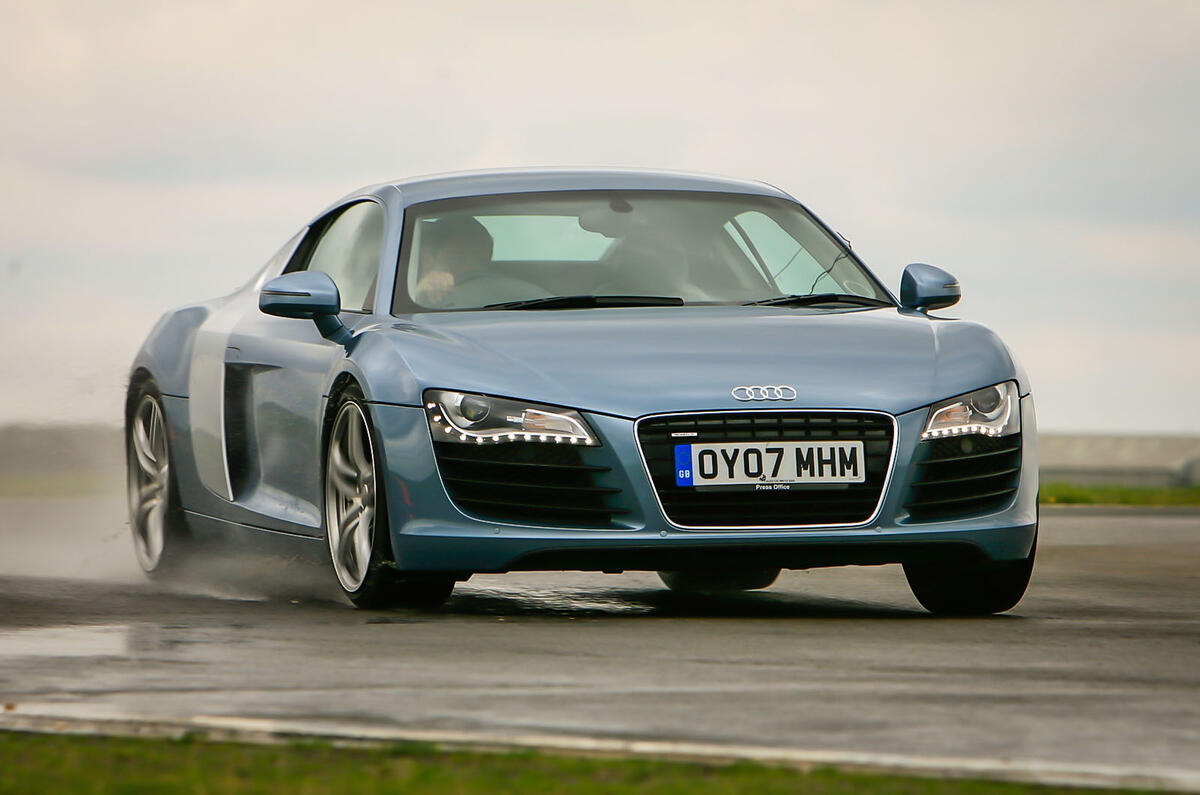
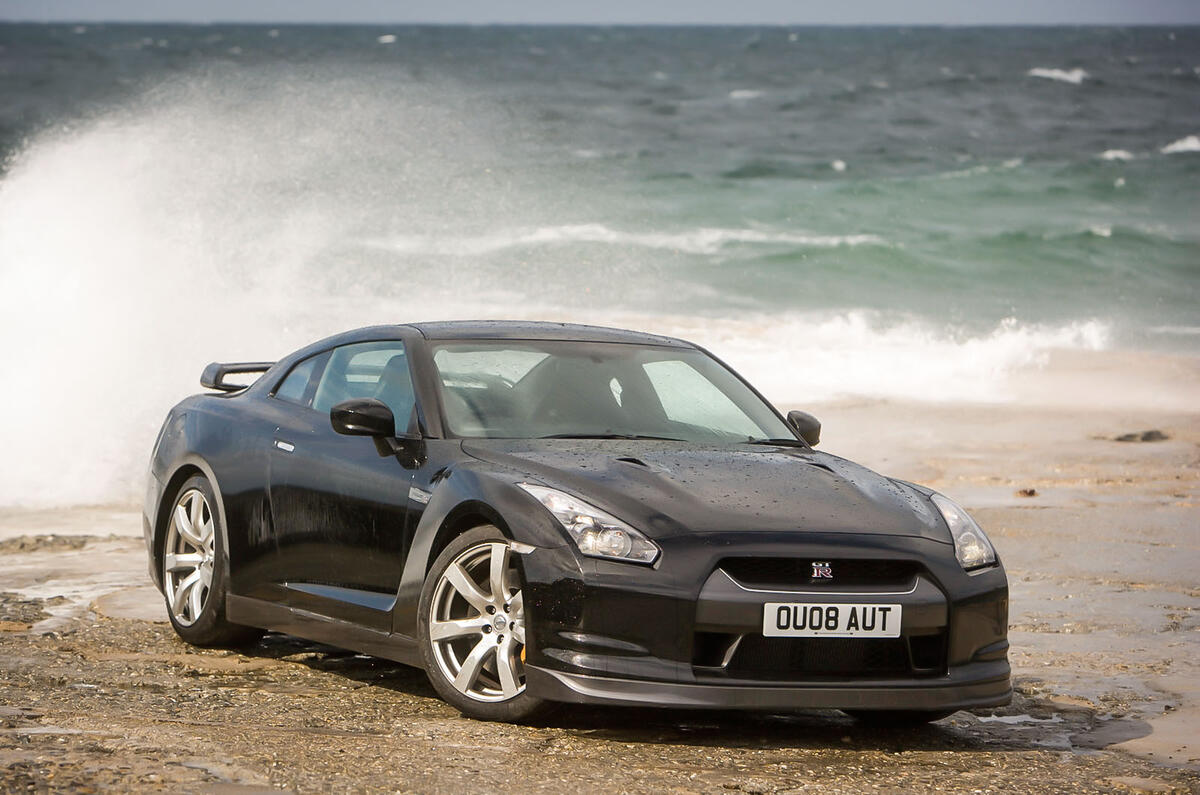
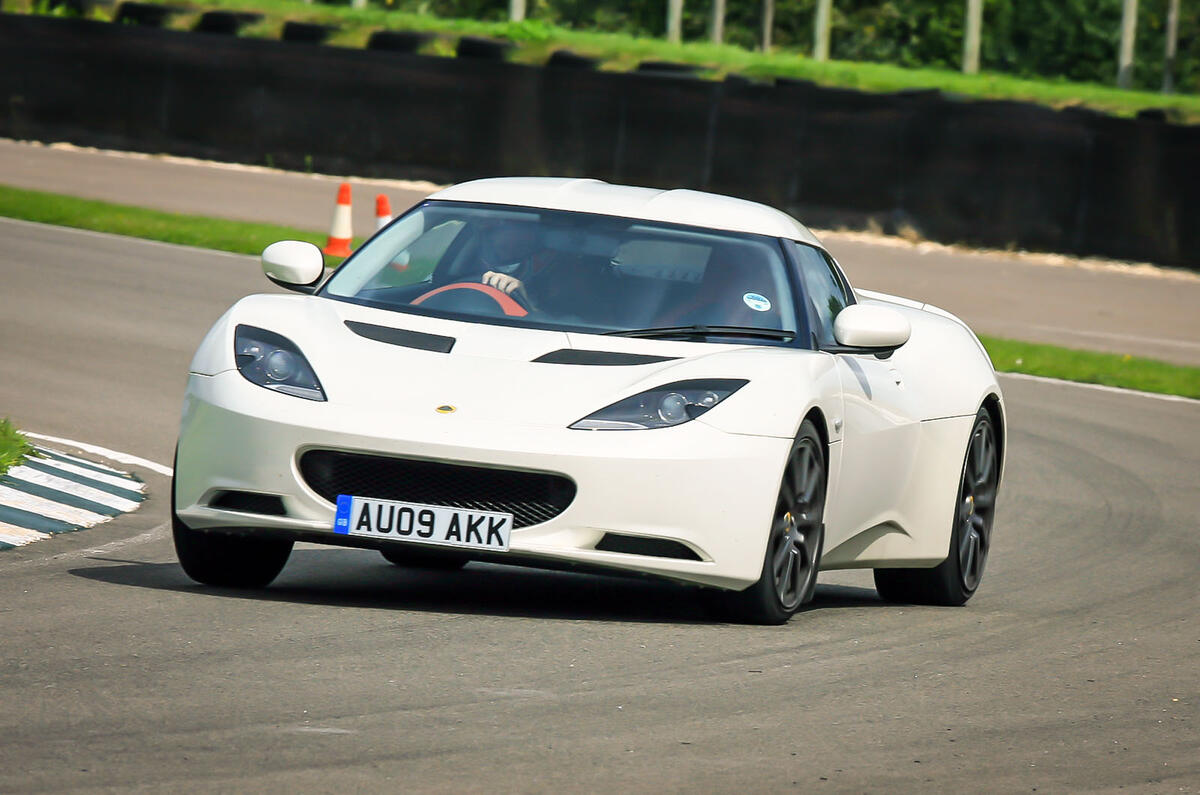
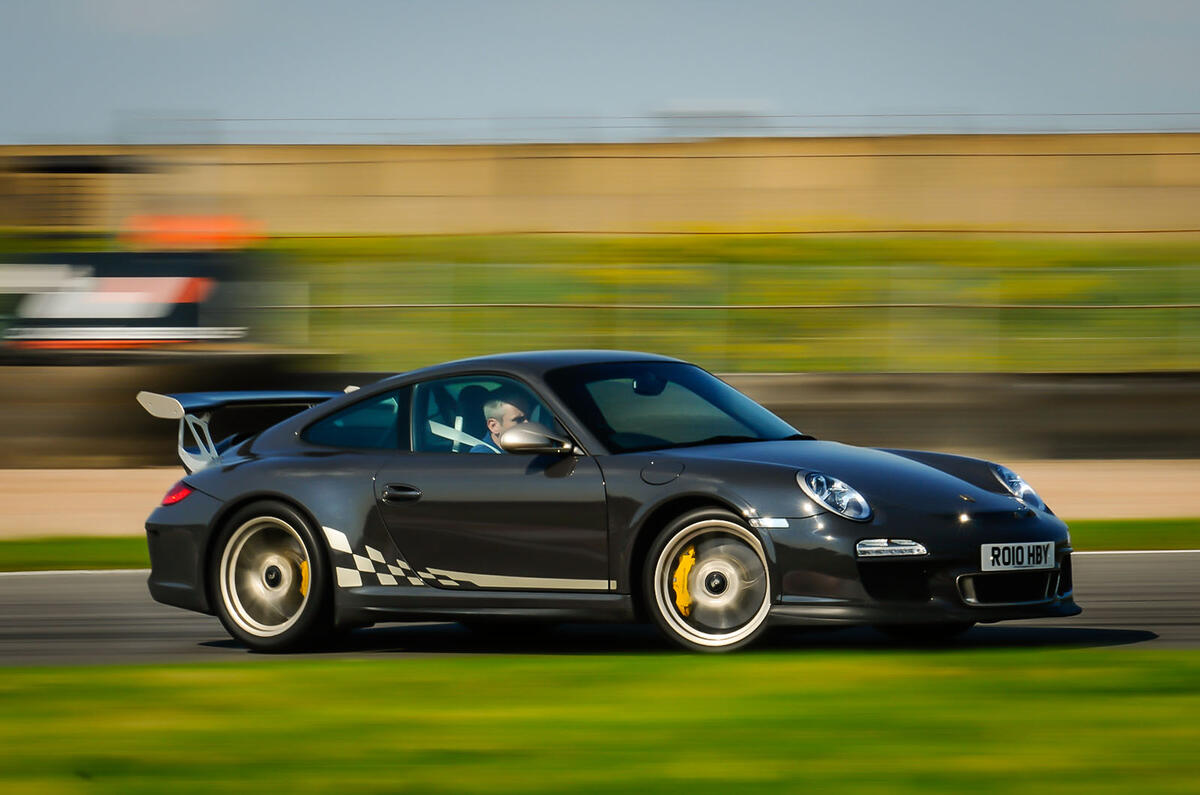
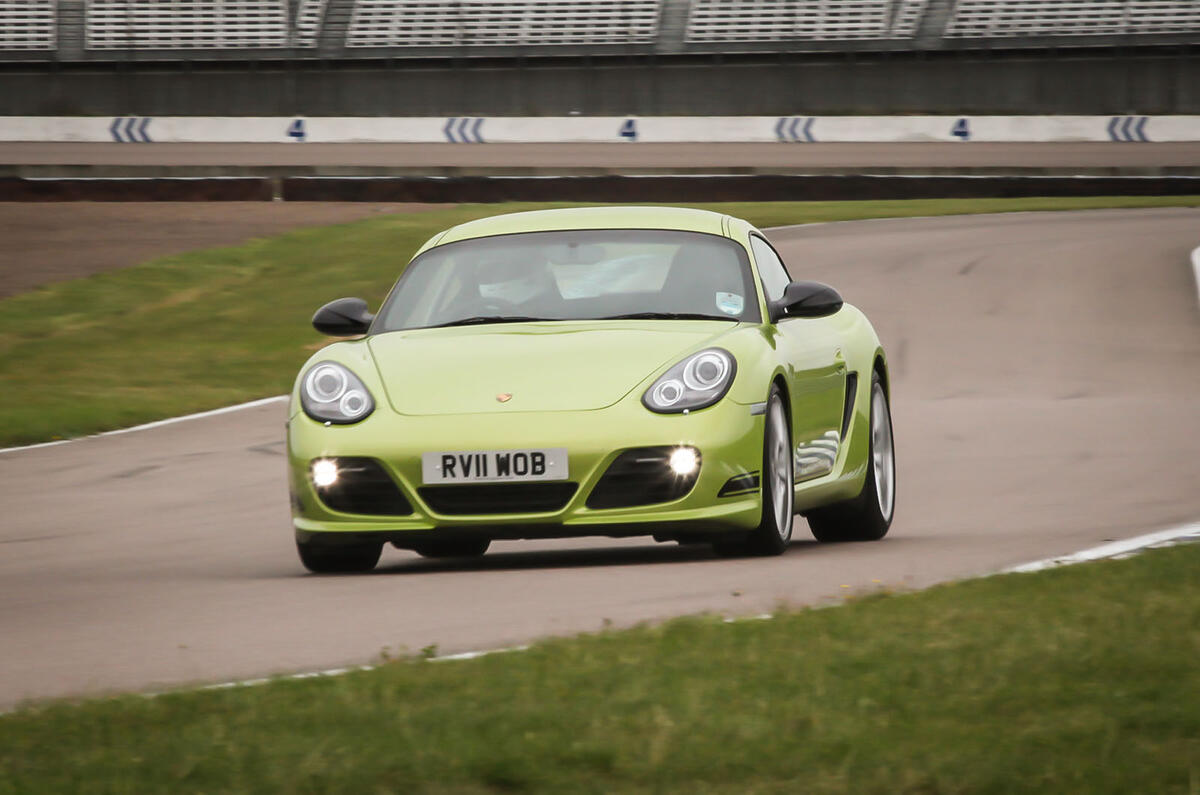
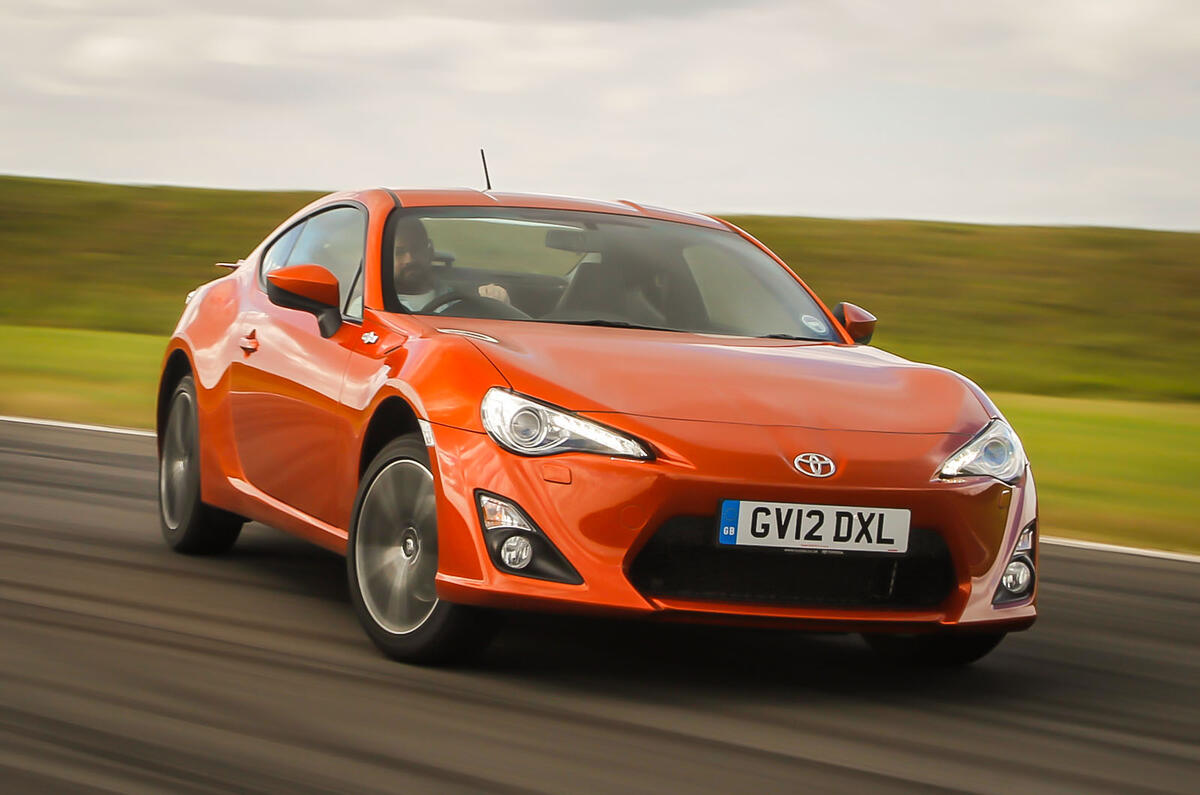
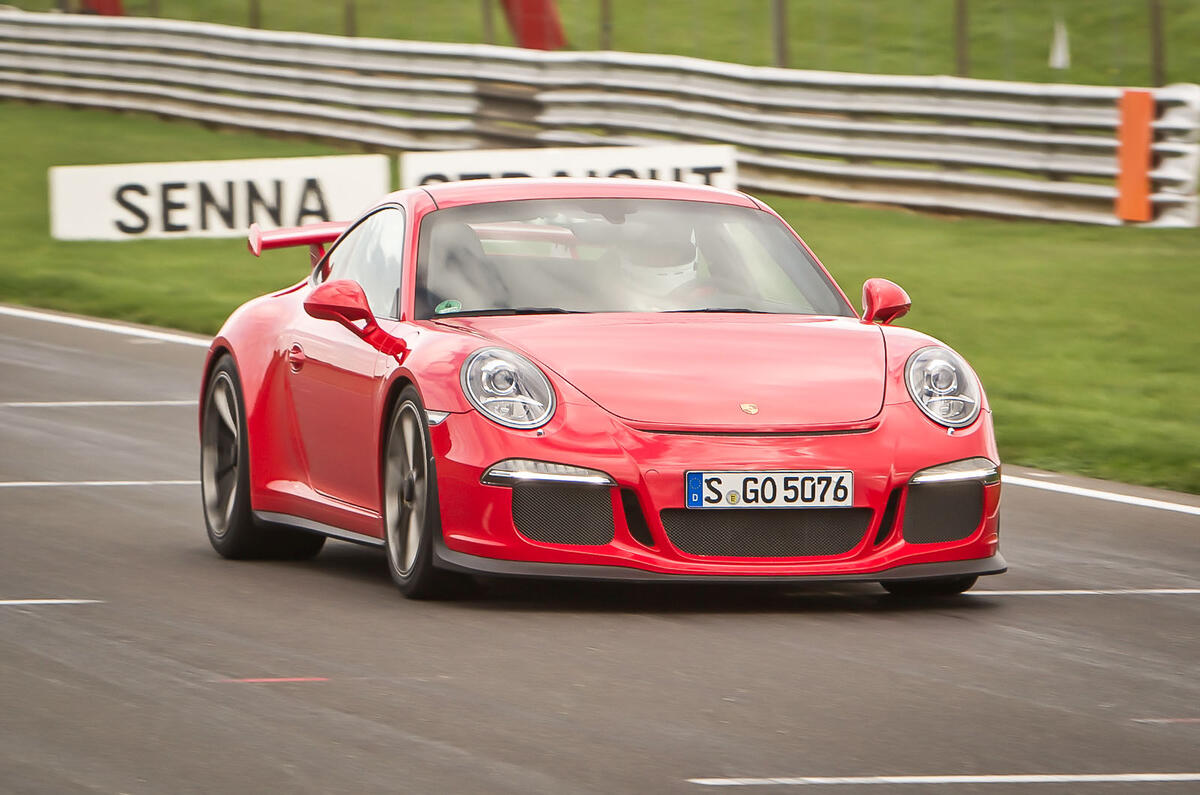
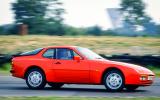

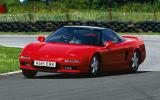
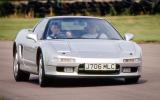

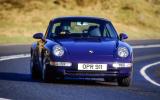
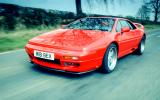
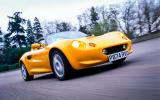
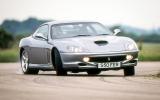
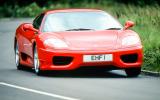
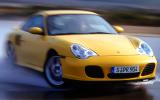
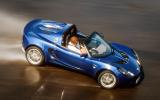
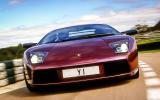
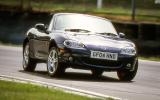
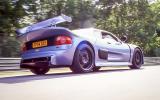
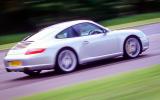
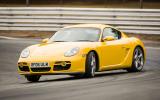
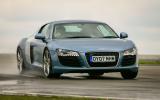
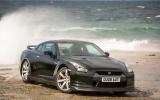
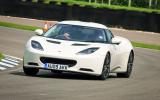
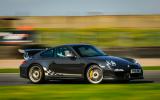
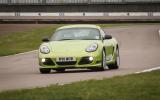
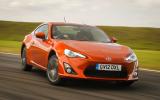
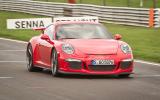



Add your comment
Turkeys...
Top Gear?
911
What I also notice is that, among the handling classics, there are a few interlopers whose main strengths lie elsewhere (GT-R, R8, 360 Modena) that were perhaps new that year and shone a little brighter in the tester's eyes?